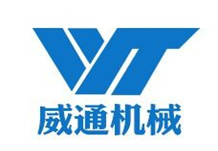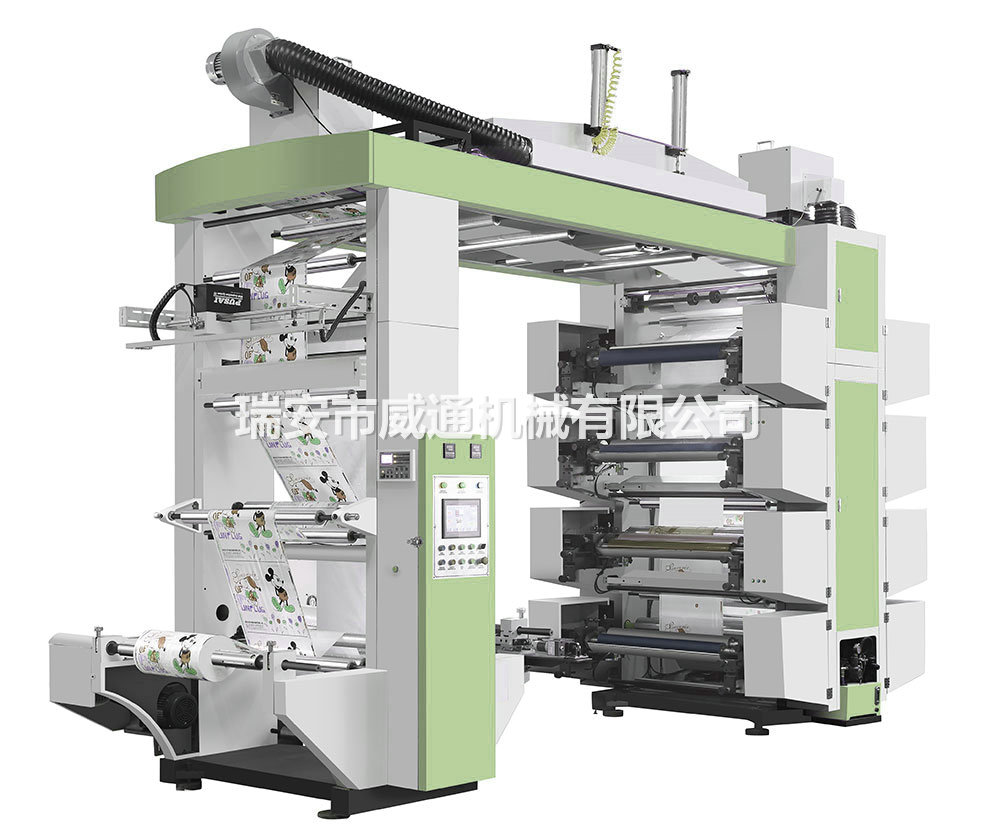





It is reported that, according to the statistical data of printing machinery branch China printing and printing equipment industry association revealed that the first half of the year, the printing machinery industry achieved a total industrial output value reached 2 billion 490 million 520 thousand yuan, down 26.4%; product sales revenue reached 2 billion 605 million 650 thousand yuan, down 18.4%; a total profit of 125 million 420 thousand yuan, down 28.7%; export delivery value of 300 million 160 thousand yuan, down 36.2%.
"The economic index of the whole industry compared with the same period of serious decline, the negative impact of the international financial crisis on the printing machinery industry has not diminished, but also to change the printing industry printing machine industry impact, especially the emergence of the Internet, mobile phone, is quietly changing people's reading habits, leading to the decline in demand for traditional print." Chinese printing and printing equipment industry association of printing machinery branch expert Zhang Zhiyuan before the date of this industry trend analysis. At the same time, he suggested that the printing machine manufacturing enterprises should take advantage of the financial crisis, speed up the adjustment of product structure, develop some high-end printing machinery products, improve market competitiveness.
Decline in traditional demand, digital printing surge
According to the survey, Chinese Press Association in 2008, the national newspaper total 159 billion 400 million copies of copies, 2.45% less than 163 billion 400 million copies in 2007; annual consumption of 3 million 580 thousand tons of newsprint, a decrease of 2.45% compared to 3 million 670 thousand tons in 2007. From 1999 to, China's book production and marketing situation, the backlog of books is increasing.
The reduction of demand for traditional printing products is not only the printing market in china. According to statistics, the United States printing industry in the fourth quarter of 2006 to the third quarter of 2007, the overall decline of 10%; Russia lost 2% copies of traditional print readers every year; in the past five years, the number of traditional printing enterprises in Britain decreased by an average of 4% per year......
While the traditional printing industry has been shrinking, digital printing has been developing rapidly.
According to the statistics of relevant institutions in Britain, the digital printing industry in China has already occupied 9% of the printing market, and it is expected to increase to 20%~25% by 2011. The development trend of digital printing from the North American stride forward singing militant songs, all kinds of printing process relative changes in market share has also been verified. According to statistics, the traditional printing in 1990 North American market share reached 91%, while the digital printing market share is zero, other additional service market share of 9%; by 2005, the traditional printing market share dropped to 66%, while the digital printing market share rose to 13%, other additional services the market share of 21%. A global forecast shows that the global digital printing market will reach $120 million in 2011.
"The above set of data will undoubtedly send a signal to the enterprise: survival of the fittest. Printing machine manufacturing enterprises will be eliminated by market if they do not pay attention to product structure adjustment." Zhang Zhiyuan said, "from the Seventh International Printing Exhibition held in Beijing in May this year, we have clearly seen the changes in the current printing market and the development trend of printing technology."
Such as inkjet printing as a way of digital printing, it completely get rid of the pre print, transfer and other steps, can use more kinds of ink, through the inkjet head, in a variety of materials on the printing material easy to achieve direct printing. The emergence of inkjet printing products has accelerated the pace of market oriented printing enterprises and created new business opportunities for all printing enterprises.
The import of China's printing machinery products in 2008 also confirms this new trend. In 2008, China's digital printing presses and inkjet printers imported 162 million dollars, accounting for 9.37% of total imports, an increase of 0.96%. In particular, digital inkjet printing machine imports in 2008 amounted to 133 million U. s.dollars, accounting for 7.69% of total imports, an increase of 1.48%.
Traditional offset printing is waiting for new vitality
Zhang Zhiyuan pointed out that although the emergence of new media largely meet the individual needs of consumers, to bring great impact to the traditional printing, resulting in sheetfed and web offset and flexo printing machine demand is shrinking, but in the future development of the traditional printing is still irreplaceable, traditional printing machinery will continue to dominate in the market.
Even so, he believes that the traditional printing machine manufacturers must actively change, high-end development, to achieve maximum production efficiency, value-added services diversification, printing format differences, in order to expand the living space.
